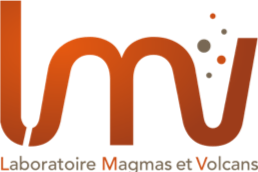
- Cet évènement est passé.
Séminaire Bruno Dhuime
Continental growth, onset of plate tectonics and rise of the continents
Understanding when and how the continental crust was generated is an important step in unraveling the evolution of the Earth system, yet these questions remain a matter of great debate. Hf isotopes in zircon and Nd isotopes in sediments suggest that new continental crust was generated continuously, but with a marked decrease in the growth rate at ~3 Ga, which can be related to the onset of plate tectonics. By 3 Ga at least ~65–75% of the present volume of the continental crust had been generated. There is increasing evidence that ~3 Ga also marked the transition between two different types of continental crust. Pre-3 Ga crust was on average mafic, dense and relatively thin (<20 km). In contrast, continental crust that formed after 3 Ga gradually became more intermediate in composition and thicker. The increase in crustal thickness is accompanied by increasing rates of crustal reworking and increasing input of sediment to the ocean. These changes may have been accommodated by a change in the lithosphere strength at around 3 Ga, as the latter became strong enough to support high relief crust. A box model is used to evaluate the timing of crust generation and destruction from 4–0 Ga. Relatively large volumes of crust were destroyed in the late Archaean and Early Proterozoic and over 100% of the present volume of continental crust has been recycled back into the mantle since 3 Ga.


